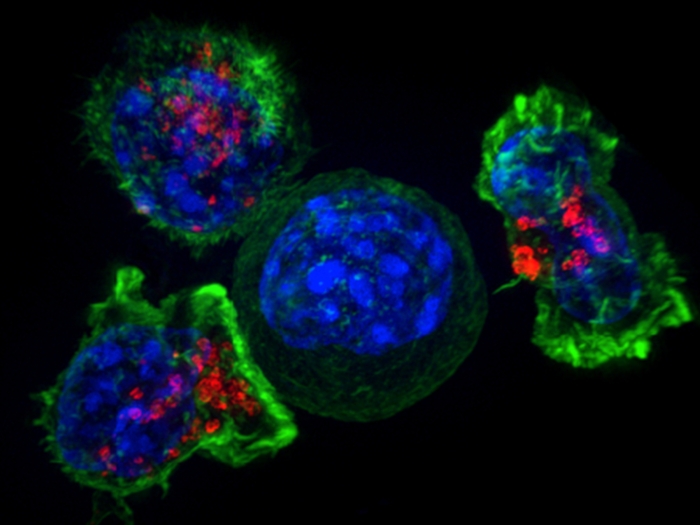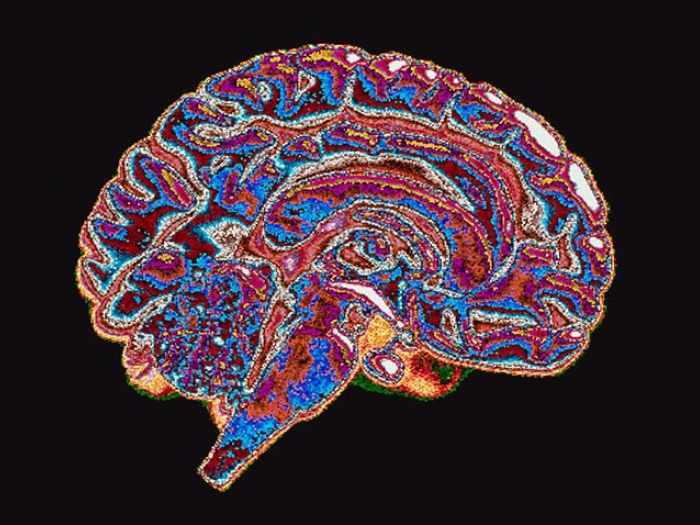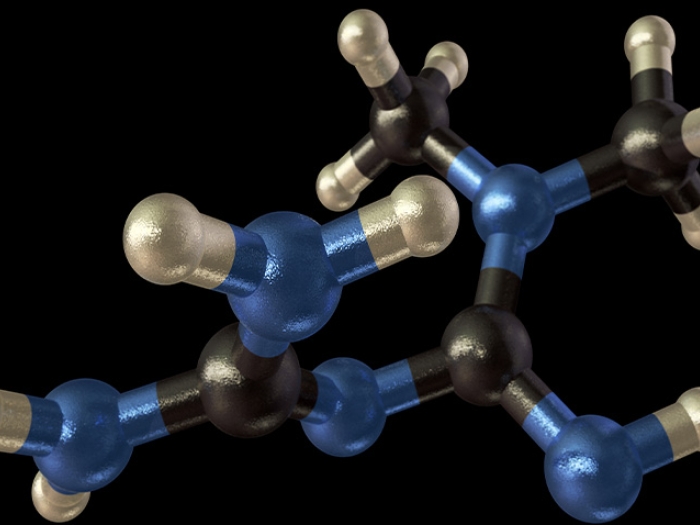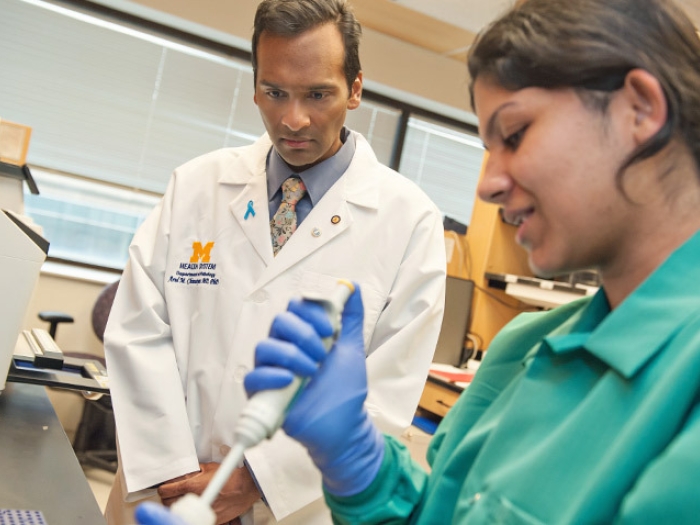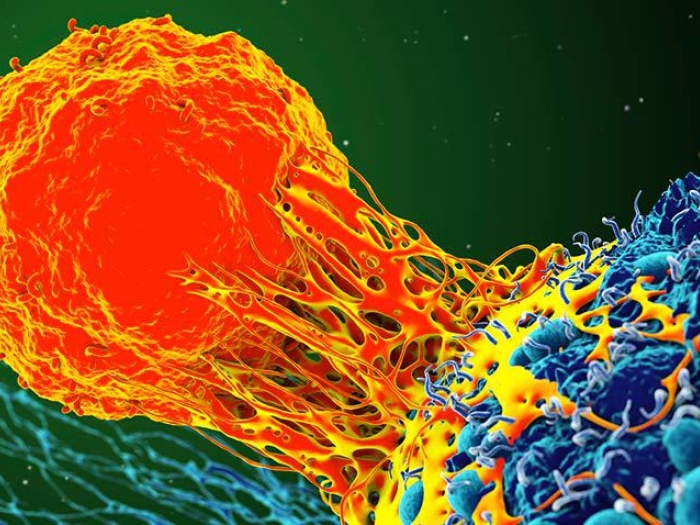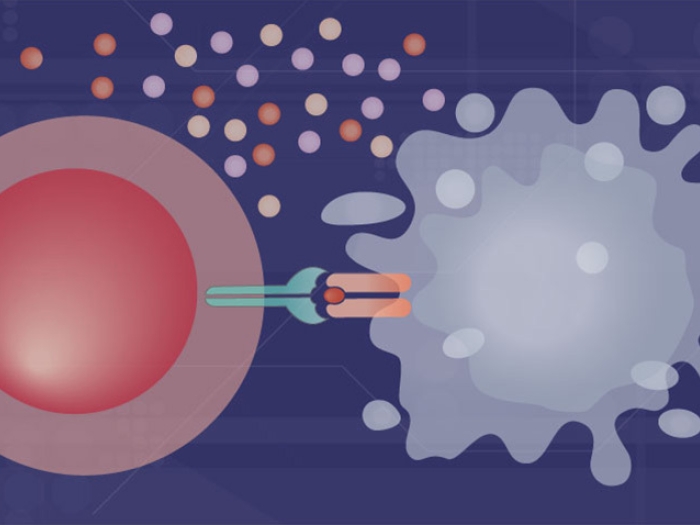Few tumor samples from minorities means research is likely missing key mutations that fuel cancer in different racial or ethnic groups.
1:00 PM
Author |
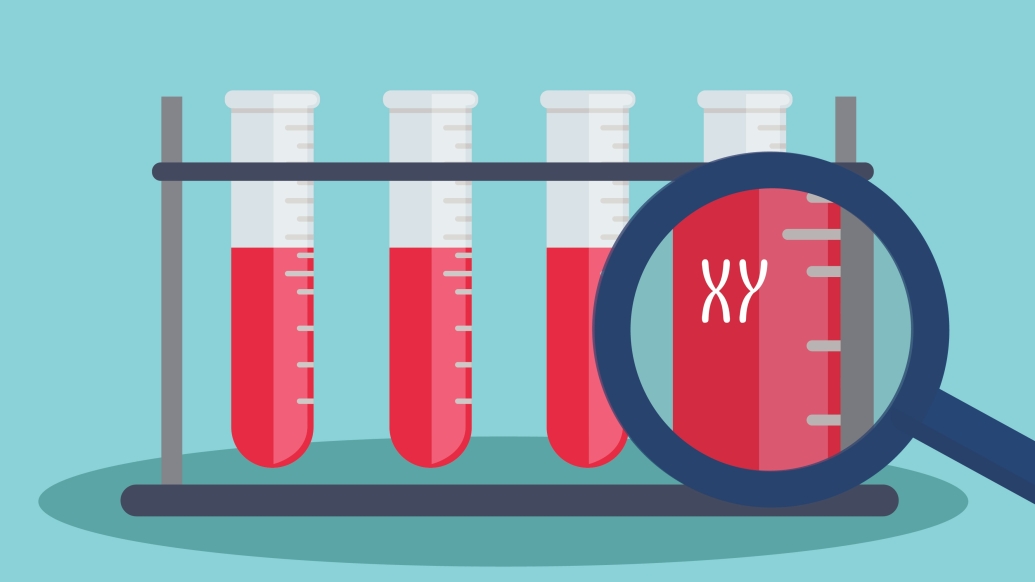
As scientists learn more about which genetic mutations drive different cancers, they're targeting treatments to small numbers of patients — with the potential for big payoffs in improved outcomes.
SEE ALSO: How Immune Cells Could Guide Cancer Treatment Decisions
But a recent study suggests this new science might be leaving racial and ethnic minorities behind.
"Even when studies have a reasonable relative representation of racial and ethnic minorities, the overall absolute number of minorities examined may not be enough to detect small differences in the cancer's genome," says Daniel Spratt, M.D., assistant professor of radiation oncology at the University of Michigan Medical School.
Research such as The Cancer Genome Atlas, a federally funded project to understand the molecular characterization of various cancer types, is discovering uncommon genetic mutations in small percentages of patients. This has led to new cancer treatments targeting these mutations, improving outcomes in some patients who have them.
But, for a study published in JAMA Oncology, Spratt and colleagues looked at tumor samples studied as part of this project and found racial and ethnic representation lacking.
The genome atlas samples, from 10 different cancer types, were somewhat racially diverse. About 12 percent were African-American, matching the U.S. population. Three percent were Asian, slightly lower than 5 percent of the overall population; and 3 percent were Hispanic, much less than the 16 percent in the overall population.
Then the researchers looked at the actual number of tumor samples from minorities.
Of 5,729 total samples, 660 were African-American, 173 were Asian and 149 were Hispanic; 4,389 were from white patients.
Researchers analyzed these numbers and determined there were not enough samples from any minority group to identify a mutation that would occur in 5 percent of patients. On the other hand, there were enough samples in nearly every tumor type to detect a mutation occurring in 5 percent of white patients.
"If you're using this data to identify new mutations and develop new drugs targeting those mutations, then we need to know what mutations are present in patients of different races. Otherwise, we may be unintentionally widening disparities," Spratt says.
Eliminating the noise
It's a complicated picture because all cancers have some mutations in their DNA. But that background noise is not necessarily what fuels a cancer. Without enough samples, researchers can't pick out the dangerous mutations from the background noise.
SEE ALSO: New Compound Shows Potential for Triple-Negative Breast Cancer
In many cases, the mutation affects only a small percentage of patients. For example, only 3 percent of lung cancer patients have alterations in the gene ALK. But multiple FDA-approved drugs exist to improve survival in these particular patients.
"In current practice, we do have drugs aimed at very infrequent alterations," Spratt says. "If we can't detect a mutation present at a lower frequency, we wouldn't be able to develop a treatment against it."
Many studies have demonstrated how cancer behaves differently in different racial and ethnic groups. It's also known that certain cancer types are more common or more aggressive among certain races.
For one example, about 50 percent of Asians with lung cancer have a mutation in EGFR. Studies show the drug gefitinib is effective only in patients with an EGFR mutation.
The study authors suggest more collaborative efforts including industry, government and academia are necessary to collect larger numbers of tumor samples from diverse racial and ethnic groups. As precision medicine becomes increasingly important in cancer treatment, identifying mutations will allow researchers to target and adjust clinical trials.

Explore a variety of healthcare news & stories by visiting the Health Lab home page for more articles.

Department of Communication at Michigan Medicine
Want top health & research news weekly? Sign up for Health Lab’s newsletters today!
